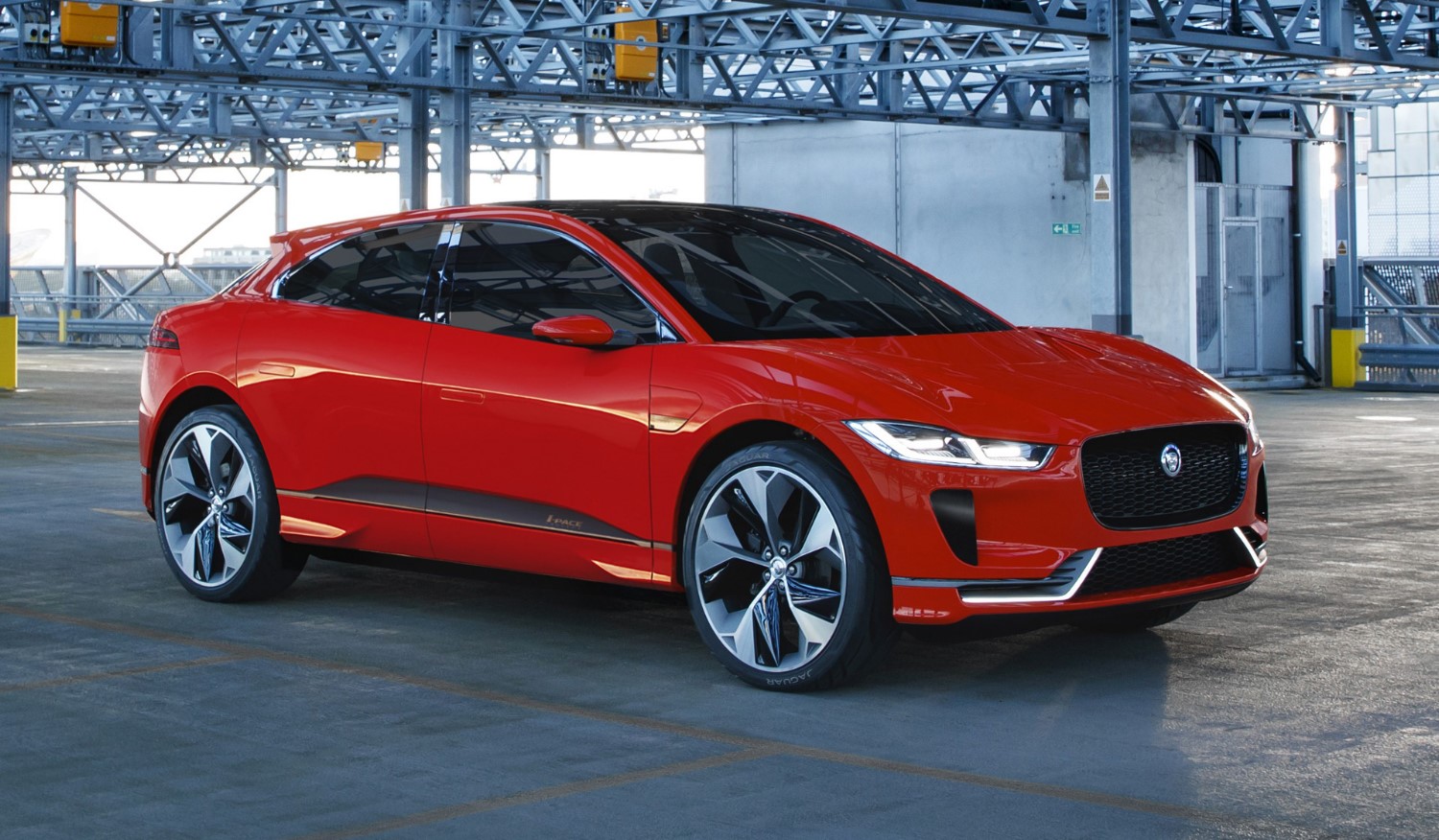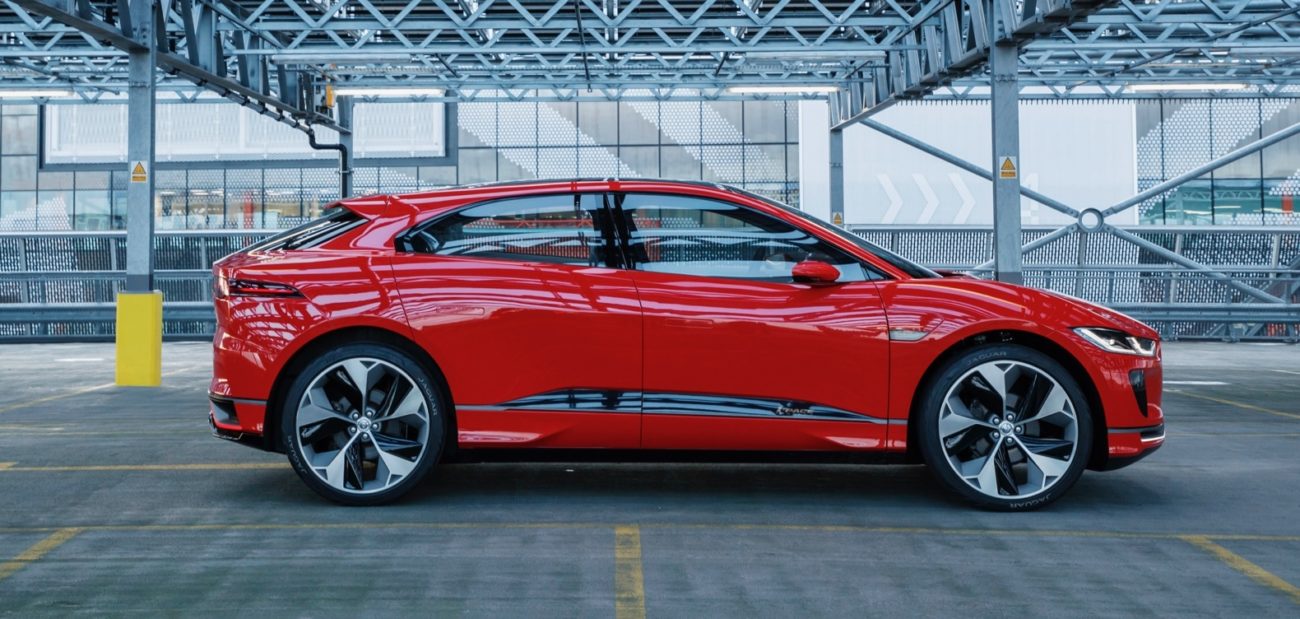Jaguar I-Pace does not use Lithium-ion batteries
 |
| Jaguar I-Pace |
The 2019 Jaguar I-Pace crossover, the company’s first electric vehicle, is brill, as the Brits would say: smart and sensual, quick and quiet, athletic and aesthetic, a class act all the way writes Dan Neil of the Wall Street Journal.
Not perfect—the lagging touch screen in my test car made me want to drive it off one of Monterey Peninsula’s scenic cliffs–but still, pretty great. Two, but only two, car makers sell luxury electric crossovers now: Tesla and Jaguar Land Rover. One is American and one British, with a banker in India.
And the German Big Three, the industry’s tech standard-bearers? Still bravely in their foxholes. Earlier this week VW Group’s premium Audi division unveiled its e-tron electric SUV, with the first U.S. deliveries scheduled for Q2 of 2019. Porsche’s all-electric four-door coupe, the Taycan, is probably a spring 2020 arrival (the company won’t commit). Also this month, Mercedes-Benz pulled the silk off its new EQC electric SUV, expected to arrive stateside in 2020. And BMW showcased its Vision iNext concept—how’s that for preliminary-sounding?–the fruit of which won’t come to market until 2021.
Germans are usually so punctual.
JLR’s jump on electrification has bought it a competitive advantage of roughly 18 months over every premium car maker that isn’t Tesla. What good is that? Well, it’s definitive for the brand, especially among the next generation of car buyers in Europe and particularly China, where the government is effectively regulating gas cars off the market.
Jaguar’s ahead-of-the-curveness is also a matter of well-judged necessity. It’s axiomatic that no company can catch Tesla if they don’t first leave the gate.
Listen up, consumers: A lot of armchair quarterbacks have assumed that, whenever original equipment manufacturers pulled the trigger, their resources would allow them to overtake Tesla’s intellectual property quickly. But with more players to compare, it’s becoming obvious that Tesla’s advantage in powertrain tech won’t be so easily commodified or wished away.
For example: The new I-Pace matches the Tesla Model X 75D in range (around 240 miles) but it requires a 20% larger battery to do so. The Model X is also 14 inches longer and 400 pounds heavier, so a whole class above in size.
And then there is charging. At a Level 2 home charger, a dead-empty I-Pace would take 12.9 hours to fully charge, according to Jaguar. For the same car at a public DC fast-charger (50kW), 30 minutes would yield about 60 miles of extra range. That’s assuming, in the moment of need, you can find convenient DC fast charging (the navi system will indicate these stations and help route-plan, if necessary). Chances are you’ll drive past one or more of Tesla’s hundreds of proprietary Supercharger stations along the way.
The deets: Assembled by Magna Steyr in Graz, Austria, the 4,784-pound compact crossover is built on a palpably stiff aluminum monocoque dressed in alloy body panels. Under its five seats, a floor-integrated liquid-cooled battery pack stores 90 kWh of energy. Overhead, the Jag’s heavenly lightsource, the panoramic roof. Typical of EVs, the I-Pace’s cab-forward floor plan is open but the dramatic roofline holds cargo capacity to a scant 51 cubic feet.
‘When you boot the I-Pace to full power, it sings to you, a spiraling aria analogous to a standard car’s rising revs.’
 |
| Side View |
All-wheel drive comes by way of AC synchronous motors fore and aft with integrated single-speed transmissions, delivering a combined 394 hp and 512 lb-ft of ready torque, enough to toss the little British space pod to 60 mph in 4.5 seconds and top out at 124 mph. At low speeds and low demand the rear motor does all the work in near silence of oiled electrons. The tire roar is by far the loudest thing. But when you boot the I-Pace to full power, it sings to you, a spiraling aria analogous to an internal combustion car’s rising revs, coming out of the cabin loudspeakers. You can turn it off if you like, killjoy.
The I-Pace chassis is also well credentialed, with double-wishbone front suspension, integrated multilink in the rear, and standard air suspension with adaptive ride height. Weight distribution is almost exactly 50/50 and its center of gravity is Lamborghini-low.
All of which, plus its stance-laden width, give the I-Pace nice pointability and respectable sideways grip in balanced, steady-state cornering. In the foothills of Monterey I really had to torment the front Pirelli P Zeros to make them squeal. Central to this car’s gestalt is the high level of regenerative braking effect. The car can use its motors to decelerate up to 0.04 g’s before getting the brake pads involved. For most drivers this amounts to one-pedal driving, a sort of rheostatic response to the right-foot pressure. It’s fun. For those who don’t want to retrain, the Jag includes a light-regen mode with more familiar brake and throttle behavior.
It’s clear the designers tried to avoid alienating consumers, a la the bone-chilling minimalism of a Tesla Model 3. Comparatively, the I-Pace UX looks like Mission Control with leather upholstery. There are a good number of physical rotary controllers, switches and ergonomic landmarks at hand, so you don’t always have to go ferreting around its torpid touch screen.
Looks great, doesn’t it? The contrasted trapezoids like folded-paper art? In one respect, though, I-Pace is a bit of a fashion victim. The exaggerated wheel arches accommodate optional, and audacious, 22-inchers, which is what our test car was wearing. They glam magnificently; but over rough road these biggie wheels trembled hard, even with air springs and adaptive suspension. It’s just a bit much unsprung weight.
Still, Jag isn’t letting perfect be the enemy of the good.
2019 JAGUAR I-PACE
Base Price $70,495 (before $7,500 tax credit)
Price as Tested $86,895 (First Edition trim)
Powertrain Battery-electric powertrain, with two permanent-magnet AC synchronous motors with integrated epicyclic single-speed transmission on front and rear axle; liquid-cooled 90 kWh 432-cell nickel manganese cobalt (NMC) battery pack; full-time AWD
System Power/Torque 394 hp/512 lb-ft
Length/Width/Height/Wheelbase 184.3/84.2/61.3/117.7 inches
Curb Weight 4,784 pounds
0-60 mph 4.5 seconds
Charge Time Single phase/230 V/32 amp (7kW), to 100% capacity: 12.9 hrs.; DC fast-charge (50kW) to 80% capacity: 85 minutes
